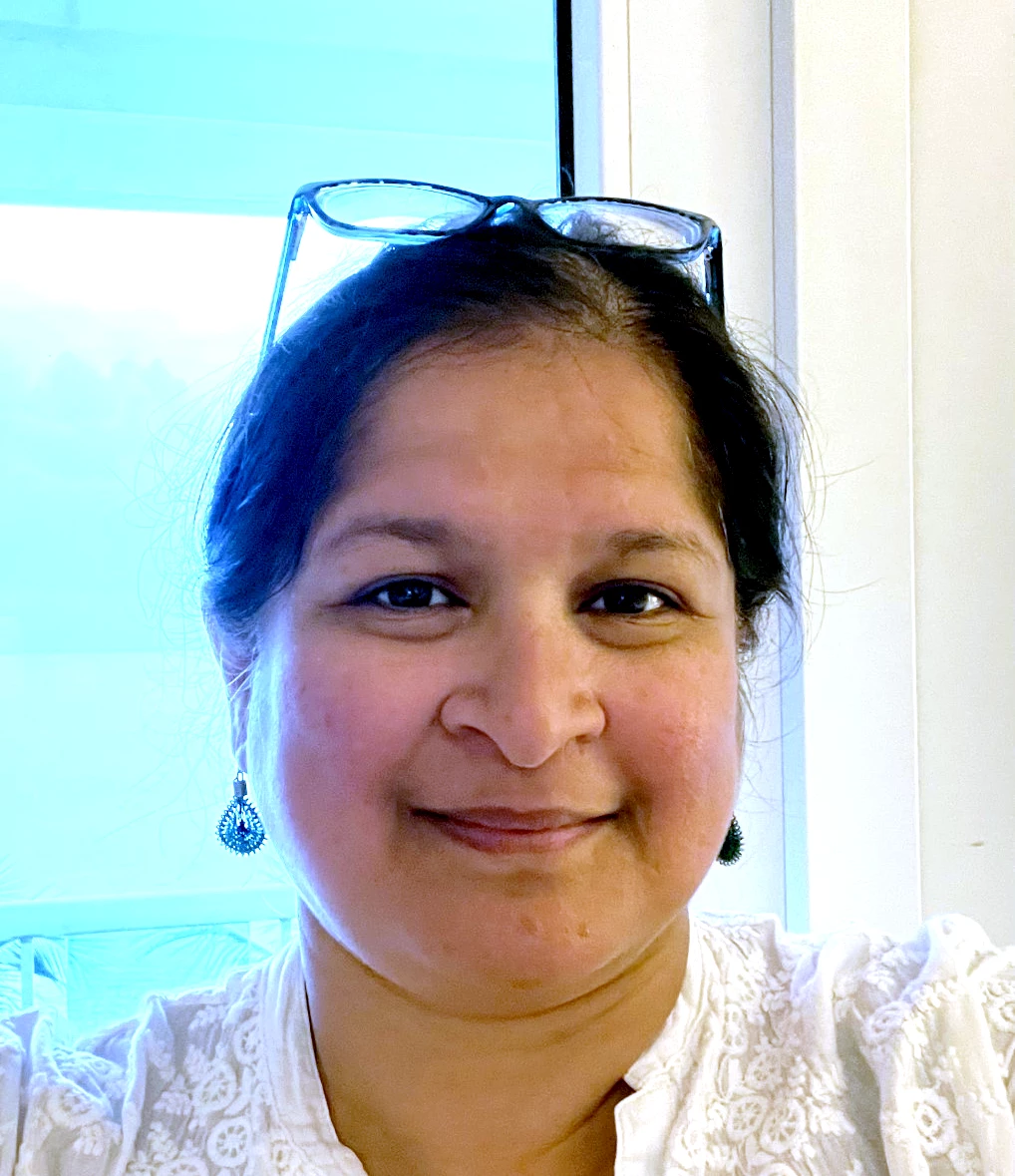As our sturdy Land Cruiser inched its way down a precipitous dirt track, trying to descend from a high ridge into the Rift Valley, I wondered what might happen if we had an accident here in the heart of Kenya’s remote Samburu County. Mobile signals had faded soon after we left the town of Maralal several hours before. We could have tried to walk back, but would have been very unlikely to make it before nightfall. Luckily, after a few mishaps and some serious jolting, we arrived at our destination in the valley—lonely Suyan manyata, whose distant circular outline we had seen from the ridge.
Talking to some of the women in the manyata, I realized that the ground that we had covered to get to them was nothing. We had done it in good health in a vehicle built for difficult terrain. As they told us what life was like in their village, my heart quailed at the thought of enduring a bumpy ride in a run-down van if one were pregnant or in labor with complications—if at all transport could be obtained. Just a few days ago, a child had died here of malaria, the women said. How did they usually get help, I asked. “We send our fastest runner 18 kilometers to the nearest dispensary,” said Ma Toraeli, a grandmother in the village. “From there someone comes to help us”. Health workers also visited the village from time to time, she said, to immunize babies and perform other routine checks.
Immunization seemed high on people’s minds in Samburu. Later that day, we visited Barsaloi, a larger village with its own government dispensary and another run by Catholic nuns. The two stood side by side, with a well-worn path between them. There I met another grandmother, Agnes, who had brought an infant girl, Salini, to be immunized, although her record showed that she was early and didn’t need this service yet. But while Stephen, the clinical officer at the government dispensary, was examining the baby and we were on the subject of immunization, the district head nurse showed us how vaccines were stored at the required temperature in the two-room government dispensary without power supply.
We were in Barsaloi to ask whether recent changes in the way these dispensaries received government funds were making any difference to the services they provided. Stephen said that money received through “performance-based financing” (PBF)—where health facilities are paid directly if they achieve pre-agreed, verified results—was very effective at improving some key services, such as getting more babies immunized.
But long-running problems with transport, communication, and cultural barriers still persisted and prevented people from seeking other services. Salini’s mother died due to complications after her birth, showing the stark realities involved in delivering essential health services in places like Samburu. For the young mother, distance had meant tragic death, while for Salini, it could be more easily overcome to ensure health and survival.
As we watched Stephen at work, we were interrupted by Sister Elisa, who had walked across with a patient she wanted Stephen to see. What both of them said many times was that they needed more support—whether in terms of more skilled staff, or assistance from the government to train local people, or medicines arriving on time. PBF money was a good start as a reward for results. But they hoped that this was the beginning of more support.
Anecdotal feedback aside, early data shows that PBF, which has been used effectively in Rwanda and Burundi, is starting to make a difference in Samburu. Verification data—collected by NGOs like World Vision and AMREF—show that the number of children being fully immunized before age one went up by 28% between Oct-Dec 2011 and Jan-Mar 2012. In the same period, 30% more women received family planning services, 20% more pregnant women received at least four ante-natal check-ups, and 15% more deliveries were conducted by skilled attendants in health facilities. In Samburu, PBF is being tested in a range of settings, from tiny village dispensaries like the ones in Barsaloi to larger health centers, run by both public and non-governmental providers. This new way of financing builds on a direct financing mechanism set up by the Kenyan Government to get money straight to health facilities in a timely and transparent way through its Health Sector Services Fund. The Samburu experience provides a rich learning ground, and lessons from it will inform a potential scale-up of the PBF approach across Kenya, as the country tries to sharpen its focus on health results.


Join the Conversation